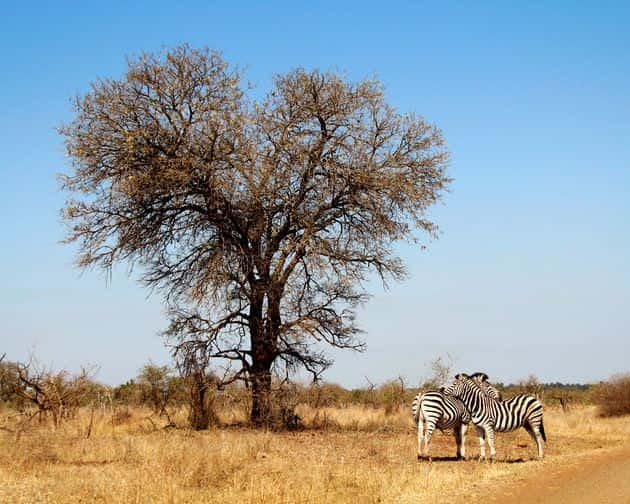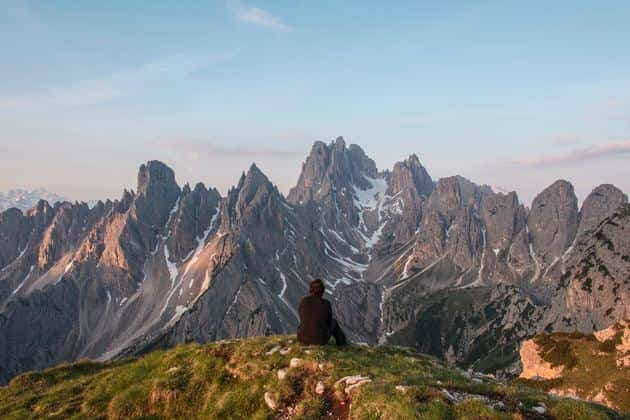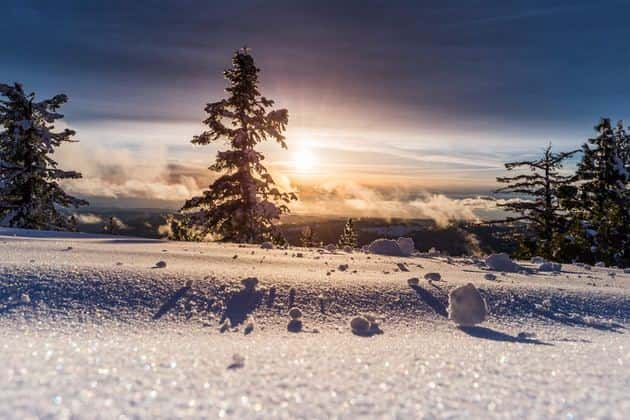Landscape photography is easily one of the most popular photography niches. In a world so full of beautiful scenery it comes as no surprise that people want to digitally capture it. While all photographers have their own tips and tricks on taking great landscape photos, with a bit of patience and decent equipment you too will be on your way to shooting landscapes worth framing.
What are the best settings for landscape photography?
There’s no single “right” setting for landscape photography, because outdoor conditions will always vary, but there are plenty of recommendations depending on what you’re trying to capture. For a start, many digital cameras have an Auto shoot setting which will take all the mystery out of setting up your camera. However, for more professional photos you should familiarize yourself with your camera’s manual mode.
For most landscapes the optimal settings remain basically the same:
- Aperture: f/11 to f/16
- Auto-Focus Point: Single auto-focus point
- Drive Mode: Single shot
- Focus Mode: Single Shot
- Focal Length: 24mm to 35mm
- ISO Setting: 100 to 200
- Image Stabilization (if your camera has this option): Enabled
- Metering Mode: Evaluative
- Shooting Mode: Aperture Priority
How to focus a landscape photo
With landscape photography you want everything in your photo to turn out sharp and in focus. In order to achieve maximum sharpness in all areas of the photo you’ll need to close your aperture to around f/11 to f/16. As you change your aperture, ISO and shutter speed will also need adjusting to the conditions. A good thing to remember is that the higher aperture, the more light and the slower shutter speed will be warranted, and visa versa.
Many landscape photographers choose to carry a tripod, which helps increase sharpness by reducing camera shake. A tripod is a necessity when shooting with slow shutter speeds.

How to take better landscape photos
This is a very broad question, and ultimately you’ll just have to spend a lot of time experimenting with your equipment to find out what suits your individual style. Thankfully, there are some universal tips that will help you refine your photography skills no matter your style. So follow these five tips, and your landscape photos will start turning out exactly as you hoped.
- Use the right camera equipment
- Center your subject
- Play with the settings
- Review as you go
- Edit
Use the right camera equipment
While you can use your cell phone camera to take decent photos, if you’re really serious about landscape photography, a good DSLR camera is highly recommended. There are crop frame cameras that are the most common and generally very affordable. They are definitely the go-to option for beginners, but for anyone adamant about taking the best of the best landscape photos, a full-frame camera is a must. Either way, aim to purchase a camera above 16 megapixels.
No matter what DSLR camera body you decide to go with, you should always invest in some decent lenses. Generally for landscape photography you want to capture as much of your surroundings as possible, making a wide angle lens the go-to choice.
2. Center your subject
This may seem pretty obvious, but when it comes to actually shooting, it’s easy to forget to center the subject. Centering is especially important with landscapes because with the slightest tilt in the frame the entire horizon of the photo will look off center. Additionally, always be sure to center the most important subject of the shot, as it will likely turn out the most detailed and eye catching.

3. Play with the settings
It’s fine to use Auto mode when you’re just starting out, but once you start getting on your photography feet, so to speak, experimenting with manual mode will set your photos apart from the rest.
You should also consider shooting in RAW format as opposed to JPEGs, because RAW files capture all image data without compression. That means they are higher quality and contain all the information that would otherwise be unrecoverable on a JPEG.
4. Review the settings as you go
Because weather conditions can change in a blink of an eye, reviewing your photos as you take them is particularly important when you’re shooting in manual mode. After every couple of photos and every position change you’ll need to check to make sure your current settings are still optimal.

5. Edit
Once you have moved your photos to a platform they can be edited on (an iPhone or computer) you should definitely learn to edit them. No matter how good the photos may appear straight off of the camera, it never hurts to enhance them to their full potential in Photoshop or a different photo editor. Fixing shadows, sharpness, and other minor changes will bring out the best aspects of your photos and give them extra vibrance and finesse.
Finally — and most importantly — remember not to sweat it if your photos don’t always turn out as expected. Landscape photography is a very rewarding niche, but it takes some familiarizing with your camera to become comfortable and know exactly what to do. So take these landscape photography tips as a good reference point, because chances are you’ll always be learning and finding new things that work best for you.





